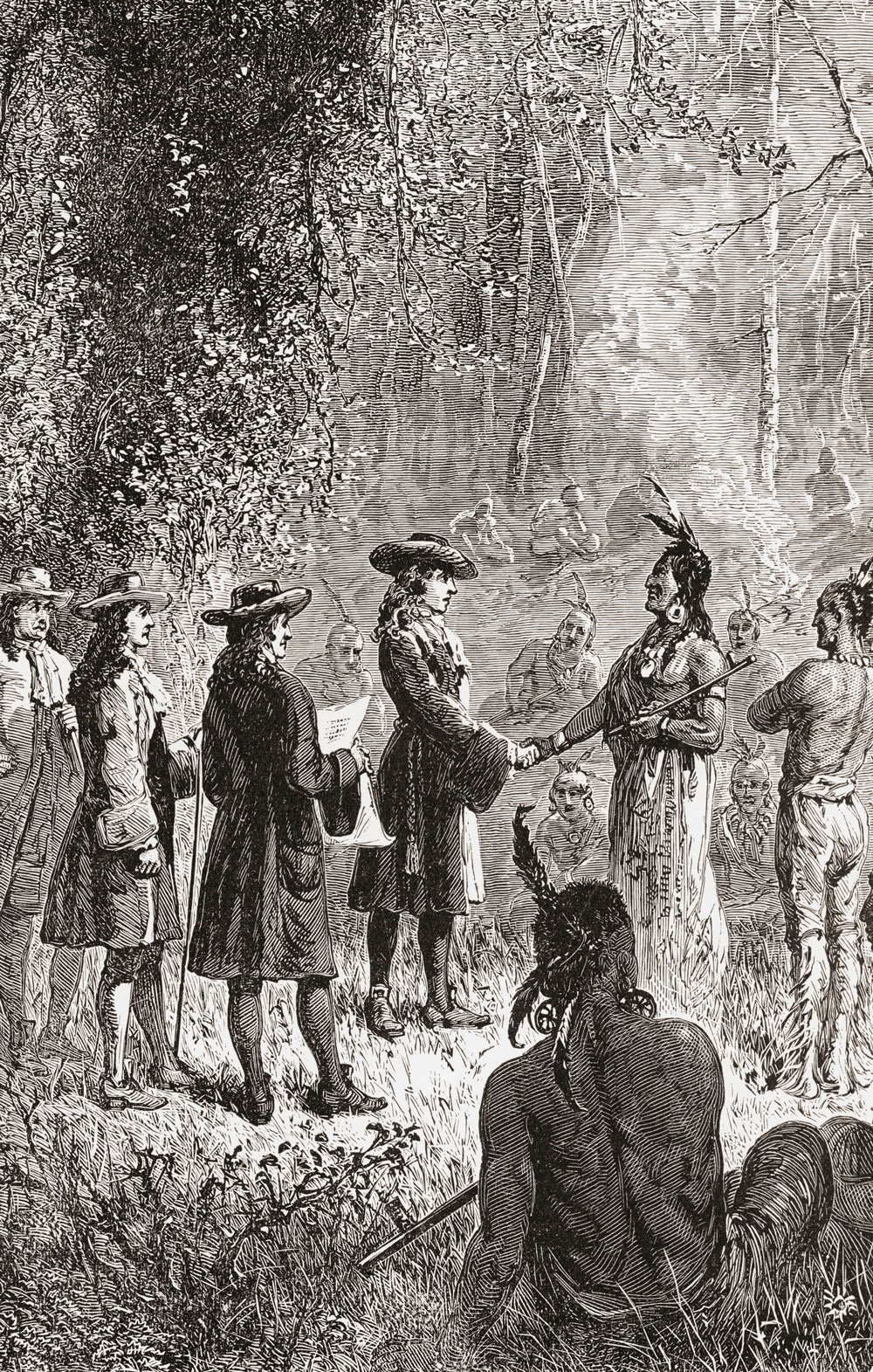Satire/Odd News
Pennsylvania pronunciation practice
A primer on how to say the most PA places in the most regional ways possible

Lake Wallenpaupack, Pennsylvania JON LOVETTE/GETTY IMAGES
Pennsylvania is blessed with a bounty of small towns and historic destinations that can be traced back to the colonial era – and earlier. The wide variety of peoples who have made their home here, from the indigenous tribes to the Dutch settlements, resulted in the state’s diverse directory of destinations with distinctive names.
With help from an archive of tribal names and linguistics experts, here’s a primer on how to pronounce things in the most regional ways possible, complete with phonetic spellings and how local pronunciations came to be:
Bala Cynwyd
\BAH-lah KIN-wood\
Bala Cynwyd, located in Lower Merion Township, derives its name from Welsh Quaker settlers in the 1680s who sought to honor their hometown and home village, both of which – you guessed it – bore the names of Bala and Cynwyd.
Chillisquaque Township
(East and West)
\chill-iss-KWAH-kee\
A set of townships with tribal names, Chillisquaque, both East and West, are located in Northumberland County. The headwaters of the East Branch Chillisquaque Creek were settled in 1775, where the Chalahgawtha, a Shawnee tribal division, gave the area its name, which means “place frequented by snowbirds” or “frozen duck” in the Native language.

Conewago
\conn-uh-WAH-go\
Conewago is a Native term now used to describe not only a township but also a creek and surrounding waterways. Founded in 1850 in Dauphin County, Conewago Township, also known as Conewaugha, got its name from the Iroquois and Lenape word for “at the place of the rapids.”
Conshohocken
\KAAN-shu-HOK-en\
Another Native place name, Conshohocken – a borough in Montgomery County – comes from the Unami language. Conshohocken, founded in 1820, takes its name from either Kanshi’hak’ing, meaning “elegant-ground-place”, or, more likely, Chottschinschu’hak’ing, which means “big-trough-ground-place” or “large-bowl-ground-place.” But it’s also been rumored to derive from the Lenape word for “pleasant valley.”
Emmaus
\e-MAY-us\
The Borough of Emmaus, located in Lehigh County, was founded in 1759. Settled in the early 1700s by German Protestants, Emmaus – near the towns of Bethlehem and Nazareth – was given a religiously significant name, like other early Moravian settlements in the Lehigh Valley.
Ephrata
\Eff-rit-a\
The Pennsylvania Dutch strike again: Ephrata Borough in Lancaster County derives from the biblical name for “Bethlehem,” meaning “fruitful” or “fertile.”

Lancaster
\LAN-kaster\ but in reality, \Lan-kuss-ter\
Lancaster was first settled in the early 1700s by German immigrants and was known as “Hickory Town.” Soon after, the city now famous for its Amish inhabitants received the name “Lancaster” from John Wright, a prominent early resident who took the name from a city in Northwestern England, where the name means “Fort on the River Lune.” Don’t be fooled by the spelling, though: It’s pronounced as swiftly as possible, using the phonetic spelling above.
Lititz
\LIT-its\
Nine miles north of Lancaster is Lititz, founded by members of the Moravian Church in 1756. One of the four leading Moravian communities – which included Bethlehem, Emmaus and Nazareth – Lititz was named by its founder, Count Nicholas Ludwig von Zinzendorf, to commemorate a Bohemian castle in the modern-day Czech Republic.
Passyunk
\PASH-unk\ and \PASS-ee-yunk\ are accepted
There are a few ’Yunkers in Philadelphia, including Passyunkers in South Philly. The word is derived from the Southern Unami dialect – the term “pahsayunk” means “in the valley(ies).” The tribal trails along where East Passyunk Avenue stands now were used by the Lenape for thousands of years.
Schoenersville
\SHAY-ners-ville\
Schoenersville contains Hanover Township, which is split between Lehigh and Northampton counties. While there’s an argument it should be pronounced “SHOO-ners-ville,” there’s no debate the area was named after its original German settler, Adam Schoener, who established a farm there in 1784.
Schuylkill
\SKOOL-kil\ or \SKOOK-ill\
There are a few places in the commonwealth that go by this slyly spelled name, including Schuylkill County, Schuylkill Ha- ven, and of course, the Schuylkill River. The name derives from the Dutch words “schuilen,” meaning to hide or to take shelter, and “kil,” meaning stream. According to John Heckewelder, a missionary who worked among local Lenape tribes, the native name for the river was Ganshowe-hánne, meaning “roaring stream.”
Tiadaghton State Forest
\ty-uh-DOT-un\
A Pennsylvania State Forest located primarily in Western and Southern Lycoming County, the Tiadaghton State Forest is one of eight forest districts in the Pennsylvania Wilds region. The name comes from what the Iroquois called Pine Creek, the largest tributary of the west branch of the Susquehanna River – but the direct translation remains a mystery.
Versailles Township
(North & South) \vur-SAILS\
These two Allegheny County townships were originally formed after Versailles Township split in 1869. The area, about 13 miles southeast of Pittsburgh, derives its name from the Palace of Versailles, a former residence of King Louis XIV of France. However, according to linguistics experts, the French name was difficult for English speakers to pronounce, leading to the Americanized pronunciation we see today.
Youghiogheny River
\YAA-kuh-gay-nee\
The Yough for short, the Youghiogheny River is a 134-mile-long tributary of the Monongahela River that flows through West Virginia, Maryland and Pennsylvania, and drains an area on the west side of the Allegheny Mountains. From the native Lenape word meaning “a stream flowing in a contrary direction,” the Yough’s unique name comes from its one-of-a-kind northward flow away from the Potomac.
Zelienople
\Zee-lee-UH-now-pl\
In western Butler County lies the Borough of Zelienopole, a small town with a population of nearly 4,000 residents. Settled in 1802 about 28 miles north of Pittsburgh, Zelienople was named after the German Baron Dettmar Basse’s eldest daughter, whose chosen name was Zelie, which she named herself after her favorite doll.
NEXT STORY: This week’s biggest Winners & Losers
